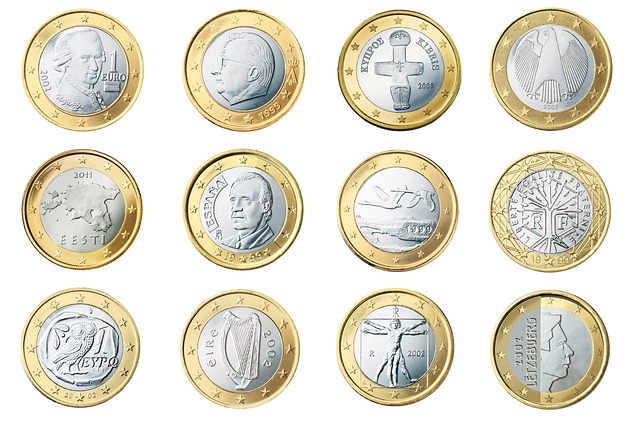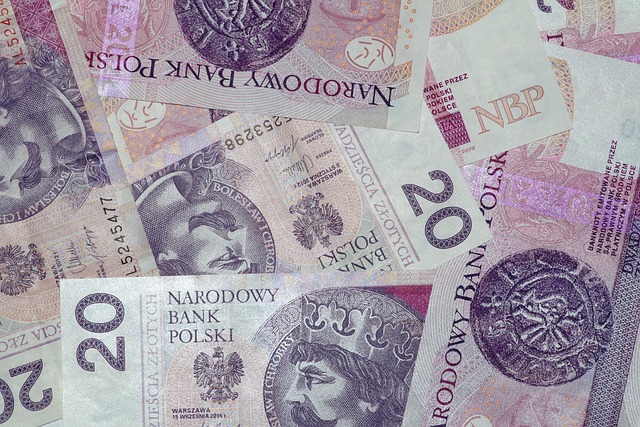Investing in Norway’s Natural Resources: A Wealth of Opportunities
Norway, a country renowned for its breathtaking landscapes and high standard of living, is also a powerhouse of natural resources. From its abundant supplies of oil and gas to its rich fisheries and vast mineral deposits, Norway presents a myriad of opportunities for investors looking to tap into the wealth generated by its natural resources. In this article, we will delve into the landscape of investing in Norway’s natural resources, exploring the potential returns, key sectors, and the challenges and benefits associated with this endeavor.
The Landscape of Norway’s Natural Resources
Northern Europe hosts a country abundant in natural resources, where the North Sea and the Barents Sea offer immense reserves of oil and natural gas. Simultaneously, Norway’s forests, freshwater rivers, and mineral-rich grounds underline its ecological wealth. Beyond oil and gas, Norway is also known for its hydropower capacity, fisheries, and unique mineral resources, which together lay out a foundation for a diverse investment portfolio.
Hydrocarbons: A Backbone of the Norwegian Economy
Norway stands as one of the largest producers of oil and natural gas in Europe. The petroleum sector has been a significant contributor to the nation’s economy, providing jobs and stability while generating substantial revenue through taxes and royalties. The investments in this sector have historically yielded high returns, making it an attractive area for potential investors.
Recent developments in technology, coupled with a focus on sustainability, are enhancing the industry’s prospects. The transition towards greener energy solutions is gradually influencing oil and gas operations, requiring firms to embrace innovative approaches for extraction and production. This transition opens doors for investors interested in sustainable energy solutions.
Fisheries: A Sustainable Investment Opportunity
Norway’s fishing industry is one of the largest in the world, with a robust export market focused on quality seafood. Cod, herring, and salmon are among the most notable catches, contributing significantly to the country’s export revenues. The fisheries sector has become increasingly modernized, with a focus on sustainable practices to protect marine environments.
Investing in aquaculture, particularly salmon farming, is a growing opportunity for those looking to engage with sustainable food production. Innovations in farming technology and methods have led to increased efficiencies and lower environmental impacts, illustrating a harmonious balance between profitability and sustainability.
Minerals: Tapping into Earth’s Riches
The mineral sector in Norway includes significant deposits of iron ore, copper, zinc, and other vital minerals. These resources are essential for numerous industries, from construction to technology. The Scandinavian country also has emerging prospects in rare earth minerals, which are vital for modern electronic devices and green technology.
Municipalities are increasingly granting access to these mineral deposits, encouraging investment through regulatory frameworks aimed at sustainable extraction practices. Investors can find lucrative opportunities in further prospecting, mining, and processing operations, particularly in light of growing global demand for minerals essential for clean technology and renewable energy sources.
Investment Climate in Norway
Norway prides itself on a stable, investor-friendly economy characterized by transparency and public trust. The country ranked highly in the World Bank’s Ease of Doing Business index, demonstrating a firm commitment to creating a welcoming environment for investors.
The government has established various incentives for foreign investment, including tax exemptions, grants, and funding opportunities for projects contributing to innovative technological advancements, sustainability, and job creation. This favorable climate fosters both domestic and international investment in Norway’s natural resources.
Regulatory Framework and Sustainability Practices
Investors interested in Norway’s natural resources must navigate a well-defined regulatory landscape. The government has implemented rigorous environmental regulations to safeguard its diverse ecosystems. Ethical, social, and governance (ESG) considerations play a significant role in investment decision-making processes in Norway, ensuring that natural resources are utilized sustainably.
Compliance with these regulations can serve not only to protect the environment but can also enhance an investor’s reputation in a marketplace increasingly driven by conscious consumerism. Companies that adopt and adhere to sustainable practices often find themselves better positioned for long-term success.
The Role of Technology and Innovation
Technological advancements are pivotal in opening new doors for investment in Norway’s natural resources. Innovations in extraction technology can improve efficiency and reduce ecological footprints, making investments more attractive. Additionally, developments in biotechnology are transforming sectors like aquaculture, where advancements in genetics and environmental monitoring are enhancing productivity while ensuring sustainability.
Investors should consider opportunities in tech-driven startups that are improving practices across various sectors, particularly for those with a strong focus on sustainability. Collaborations between traditional resource companies and tech innovators can drive growth and facilitate the transition towards a greener economy.
Challenges Associated with Resource Investment
While investing in Norway’s natural resources presents significant opportunities, it is not without challenges. Investors need to consider factors such as fluctuating global commodity prices, environmental impacts, and geopolitical considerations. The ongoing shift towards green energy is also reshaping the landscape of resource investment.
Investors may face uncertainties stemming from regulatory changes as the government seeks to balance economic growth with environmental sustainability. It is vital to stay informed regarding both national policies and international market trends to mitigate risks tied to such fluctuations.
Conclusion
Investing in Norway’s natural resources offers a wealth of opportunities across multiple sectors, including hydrocarbons, fisheries, and minerals. With a favorable investment climate and a commitment to sustainability, Norway stands as an attractive destination for both domestic and international investors. By harnessing advancements in technology and fostering innovation, the potential for profitability remains strong.
However, it is equally important for investors to diligently assess the associated risks and challenges. By engaging with local regulatory frameworks and prioritizing sustainable practices, investors can contribute positively to Norway’s economy while securing a promising future for their investment portfolios. As the world increasingly turns towards sustainable energy and resources, the opportunities within Norway’s rich natural landscapes will only continue to expand.










